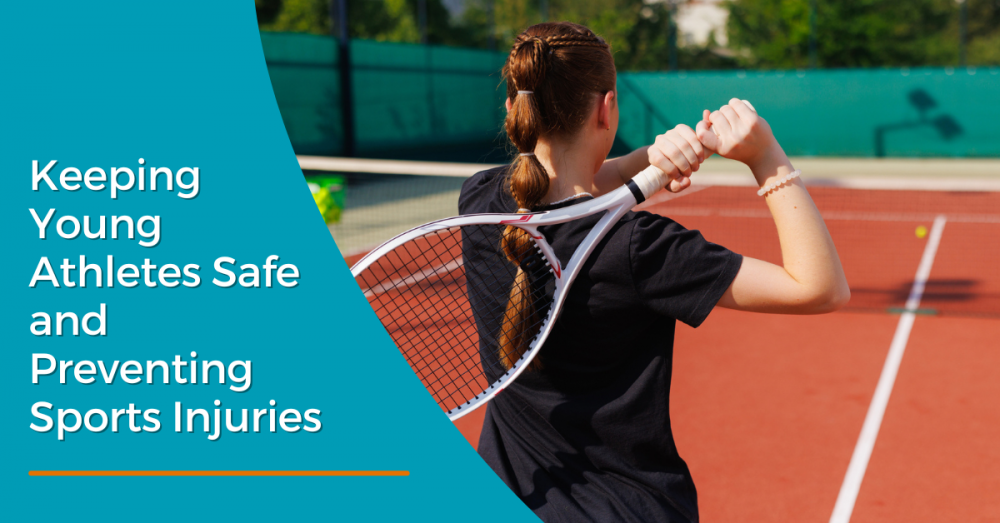Keep Young Athletes Safe: Your Guide to Preventing Sports Injuries
 Keep Young Athletes Safe: Your Guide to Preventing Sports Injuries
Keep Young Athletes Safe: Your Guide to Preventing Sports Injuries
School is back in session, and so are fall sports! Whether your child plays soccer, football, volleyball, or is running cross country, keeping them injury-free should be your top priority. The good news? Most youth sports injuries can be prevented with the right approach.
Start with Smart Conditioning
Conditioning is the foundation of injury prevention. Young athletes should begin training at least 4-6 weeks before their sport starts. This gives their bodies time to adapt slowly.
Start with the basics like jogging, jumping jacks, and bodyweight squats. Add sport-specific drills gradually. A soccer player might begin with light ball work, while a runner starts with short, easy distances. The key word here is "gradually" – adding too much too soon leads to injuries.
The Power of a Proper Warm-Up
Never skip the warm-up! A good warm-up is like starting your car on a cold morning. It gets everything moving smoothly. Spend 10 - 15 minutes doing light cardio and dynamic stretches. Think leg swings, arm circles, and gentle lunges. Save static stretching (where you hold the stretch) for after practice.
Recovery is Not Optional
Here's what many parents don't realize: rest days are as important as training days. During rest, muscles repair and grow. Young athletes need at least one full rest day per week. They also need 8-9 hours of sleep each night.
Watch for signs your child needs more rest. Are they more tired than usual? Getting sick often? Complaining of aches and pains? These are red flags that they're overdoing it.
Fuel the Machine
Good nutrition powers performance and prevents injuries. Make sure your young athlete eats regular meals with plenty of fruits, vegetables, lean proteins, and whole grains. Don't forget hydration! Water should be their go-to drink, save the sports drinks for when they're exercising for over an hour.
Listen to Their Body
Teach your child that pain is not normal. The old saying "no pain, no gain" is dangerous for young athletes. Some muscle soreness after hard workouts is normal, but sharp pain or pain that doesn't go away needs attention. Help your young athlete learn to pay attention to their body, and to understand the difference.
When to See a Professional
If your child has pain that lasts more than a few days, affects their daily activities, or keeps them from playing their best, it's time to see your physical therapist. Early treatment prevents small problems from becoming big ones.
Remember, the goal is to keep sports fun while building lifelong healthy habits. With proper preparation and smart training, your young athlete can have a safe and successful season!
References
- View of Raising the Young Athlete: Training and Injury Prevention Strategies | Journal of the Pediatric Orthopaedic Society of North America. The American Journal of Sports Medicine, 43(4), 794-801.
- Sleep, Recovery, and Athletic Performance: A Brief Review and Recommendations Journal of Science and Medicine in Sport, 16(6), 499-503.
- Youth Injury Prevention | Sports Medicine | UC Davis Health. British Journal of Sports Medicine, 54(4), 221-230.
- Sleep Hygiene for Optimizing Recovery in Athletes: Review and Recommendations - PMC. International Journal of Sports Medicine, 42(4), 295-302.
